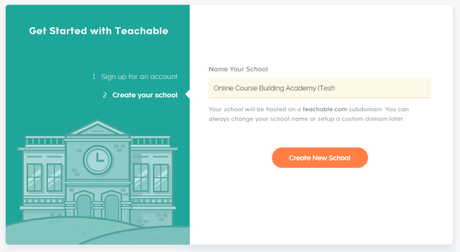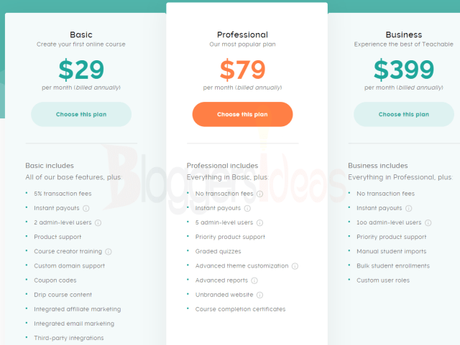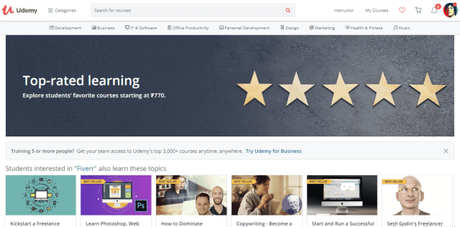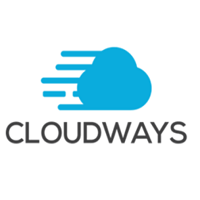Teachable and Udemy are the two most popular options for creating and selling courses online. In this article, I have highlighted eleven points that you should consider before choosing a course any platform to organize your online courses. I have chosen Udemy and Teachable because I used both platforms. This article covers all the necessary details you required to choose an appropriate platform.
There are 11 factors which I have covered in this comparison article which is:- Ease of getting new students
- Course pricing restrictions
- Cost Covered
- Marketing & Retargeting
- Payment Processing & Payouts
- Integrations
- Technical Requirements
- Pricing plans, memberships & pre-sales
- User Difficulty
- Drip Integration (releasing content over time).
- Instructor Training Coverage
To win new students for your courses (Without marketing), Udemy is clearly the big winner.
Today, Udemy has registered more than 9 million students on its platform. This is a very active online learning community, and you can make most out of the course revenue in this platform through organic traffic without any kind of marketing. In other words, you did not have to do marketing or advertising to get new students for Udemy.

Teachable is an online course platform that lets you create and sell your courses. You can download the content of your course and are responsible for processing sales and refunds (which is great). However, they do not have an integrated user base or an accessible student community like Udemy.
- Udemy will promote his courses via e-mail and through field promotions to his large student community.
- Teachable does not promote your courses for you.
If you want to use Teachable, you need to do your own marketing to get students through the door. If you do not know where to start selling your course, you should take a look at this warranty service that Teachable now offers.
If you are just starting out, these training will be very useful. I worked on his "Profitable Professor" class and it was very useful when I was trying to figure out the course structure.
If marketing is not your business, Udemy could be a better option for you. If you already have an audience or social networks or are willing to run your own marketing (which I strongly recommend), Teachable may be the best option.
2. Pricing RestrictionsWhen you create your first course on Udemy, you could sell your courses between 9 and 300 US dollars. I agree with this price range as more than 80% of courses are shorter and cheaper. On January 2019, Udemy announced that there would be a binding price cap across all the courses. The new range is between $ 9 and $ 300. A few months later they change their pricing structure again. Currently, all Udemy courses must be between $ 9 and $ 300.
There are many reasons why it is good for Udemy. They had a big problem with the confusion of prices and discounts in the past. But the limitations in pricing limits the revenue for an entrepreneur.
Teachable has NO price limits for the courses. You can give your courses your own price tag and design according to your business likings.
3. Cost CoveredUdemy is free and you can download and sell your courses for free on the platform. Udemy makes money by sharing the income with the instructors when a student buys their courses. Currently, this income distribution is as follows:
- 50% for the teacher when a student organizes a course organically via Udemy.
- 97% for the instructor when a student buys through the coupon code of an instructor or a self-promotion link.
- 25% for the instructor if the purchase is made through a partner link (a third party applying for the course).
- 25% for the instructor will be sold through Udemy's advertising program.
If you want Udemy to promote your course for you, you will only receive 25% to 50% of the course price.
Teachable has several pricing options. If you want, you can use the platform for free (just click for the free Teachable).
However, you can choose from several price levels that give you access to features and tools.
Here are the current monthly pricing plans for Teachable:
- Free package: 1 USD + 10% per transaction + Direct debit by credit card (0.31 USD + 2.9% per transaction)
- Basic package: $ 29 / month: 8% per transaction + direct debit by credit card ($ 30 + 2.9% per transaction)
- Professional Plan: $ 79 / month: 5% per transaction + credit card tax ($ 0.30 + 2.9% per transaction)
- Business Plan: - $ 399 / month: 0% per transaction + credit card tax ($ 0.30 + 2.9% per transaction)
If you decide to buy an annual plan, you will receive a discount. For example, if you prepay 12 months before the baseline, the cost will be reduced to $ 33.25 per month. The price of the professional plan is lowered to $83.25 per month, resulting in a saving of $ 189 per year.
There are other functions associated with each plan, but I wanted to give you a clear idea of the price differences between the two platforms.
4. Marketing & RetargetingWhile creating courses on Udemy, keep in mind that your students are NOT your students. They are Udemy students and there are strict rules on communicating with them.
Udemy does not grant you access to your students' e-mail addresses. The number of messages you can send each month through the Udemy platform is limited. They are supposed to hold Udemy's students in Udemy.
Teachable really help you in this case, they develop your student base. When a student signs up for one of his classes, he keeps his name and e-mail address for you. Everything is stored on the platform and you can export the information at any time. Teachable can also be integrated with dozens of email providers such as ConvertKit, Drip or Aweber to simplify the process of storing and organizing student contact information.
5. Payment Processing & PayoutsWhen you sign up for the Teachable Business Plan, you can set up direct payments through PayPal or Stripe. This means you can instantly access the product of your quote without paying any additional transaction fees.
If you are enrolled in the Teachable Free or Basic Plan, all payments will be made through the Teachable payment and shipping system. Teachable keeps its money for 30 days (to cover a refund request) and pays once a month. There is also a transaction fee of 1 USD + 10% for rates sold with the free rate and a fixed transaction fee of 5% for rates sold with the base package.
6. IntegrationsIn Udemy, you can insert a tracking code for Google Analytics and Google Adwords. It's great as you calculate conversion rates, see how many people have visited the home page of your course, or accumulate the success of a Google Adwords campaign you're running for your class. However, this is the extent of integration that Udemy allows.
In contrast, teachable offers many integration options. Need to add your Facebook pixel to the landing page of your class? There is no big deal with Teachable. If you want to automatically import your students into your contact management system: you can configure it in Teachable. You can connect dozens of third-party applications with Zapier? The possibilities are almost unlimited with Teachable
7. Technical RequirementsUdemy has many technical requirements for creating the lessons. To be fair, many of these requirements are designed to ensure that users do not download any waste on the website. Here is your price quality checklist.
I have found that this checklist is useful for planning and structuring the first course. A warning for creators of new courses: Make sure that the export configuration of your video is adapted to Udemy's requirements. Otherwise, the course will be sent to you for correction requirements.
Teachable has no approval process for the courses. You can use a combination of video, audio, proofs, images and text documents (PDF, Word, Excel) to create your course according to your wishes.
8. Pricing plans, memberships & pre-salesOne of Teachable's outstanding features is the ability to pre-sell courses and to offer different price plans. With Pre-Sales, you can quickly review and change course concepts as needed to make sure you're creating something that your students really want to buy. If you wish to offer premium courses, being able to offer a training plan will allow you to enroll more students who cannot afford the full course price in advance.

A third option that Teachable allows is monthly subscriptions. This gives you the opportunity to turn Teachable into a full-fledged site to receive a recurring monthly income that allows students to enroll in their courses.
Udemy does not offer any of these such features
9. User DifficultyIn both Udemy and Teachable, you are not required to possess advanced technical skills.
Udemy is intuitive enough to use. They have full-fledged steps for creating online courses such as "filled in the gaps here" and "uploaded your video here" and you're ready to go. You also have a lot of documents which help you get out from hitches, and a very useful Facebook group called Udemy Studio, where you can ask questions, get video feedback and chat with other Udemy trainers.
It's easy to get started with Teachable, you can quickly learn about the basic features, especially with the free webinars and the summits they offer.
Here are some of the learning webinars I recommend, whether you use the platform or not:
Teachable is also handling an amazing Facebook community called "The Teachable Tribe" which is a great resource to ask questions, get help, and connect with other Teachable Instructors.
10. Drip Integration (releasing content over time).Teachable supports automated drip content. Drop-in content allows you to start lessons for your students for a period of time instead of accessing the entire course at once. Here are some reasons why you want to stream your content:
- You would like to organize a limited-time course with weekly lessons and support for a certain period, or
- You want to pre-sell your course to confirm your idea. By dribbling content, you can create lessons over time instead of completing your course before you open the class.
- You want to run a free, time-limited challenge to make a buzz for your next class.
While Udemy does not support Drip content.
11. Training and guidance supportTeachable has a keen interest in the success of faculty members who use their services. They've recently launched "Teachable U," which offers courses and resources that are useful to developers who may not have all the skills and knowledge to create and sell their courses.
They also offer weekly training seminars, educational summits, and free virtual workshops.
Quick Links:
Conclusion:So now that I've shared all the good and the bad points. You might be wondering which platform to choose, to be honest, both platforms have their up's and downs. For me, I personally like Teachable the most since this platform the most freedom and advantages with fewer restrictions as compared to Udemy.
If you would like to get started creating your first online course Teachable is the best way to go. Comment down below your thoughts and opinions what you think of both the platforms.


